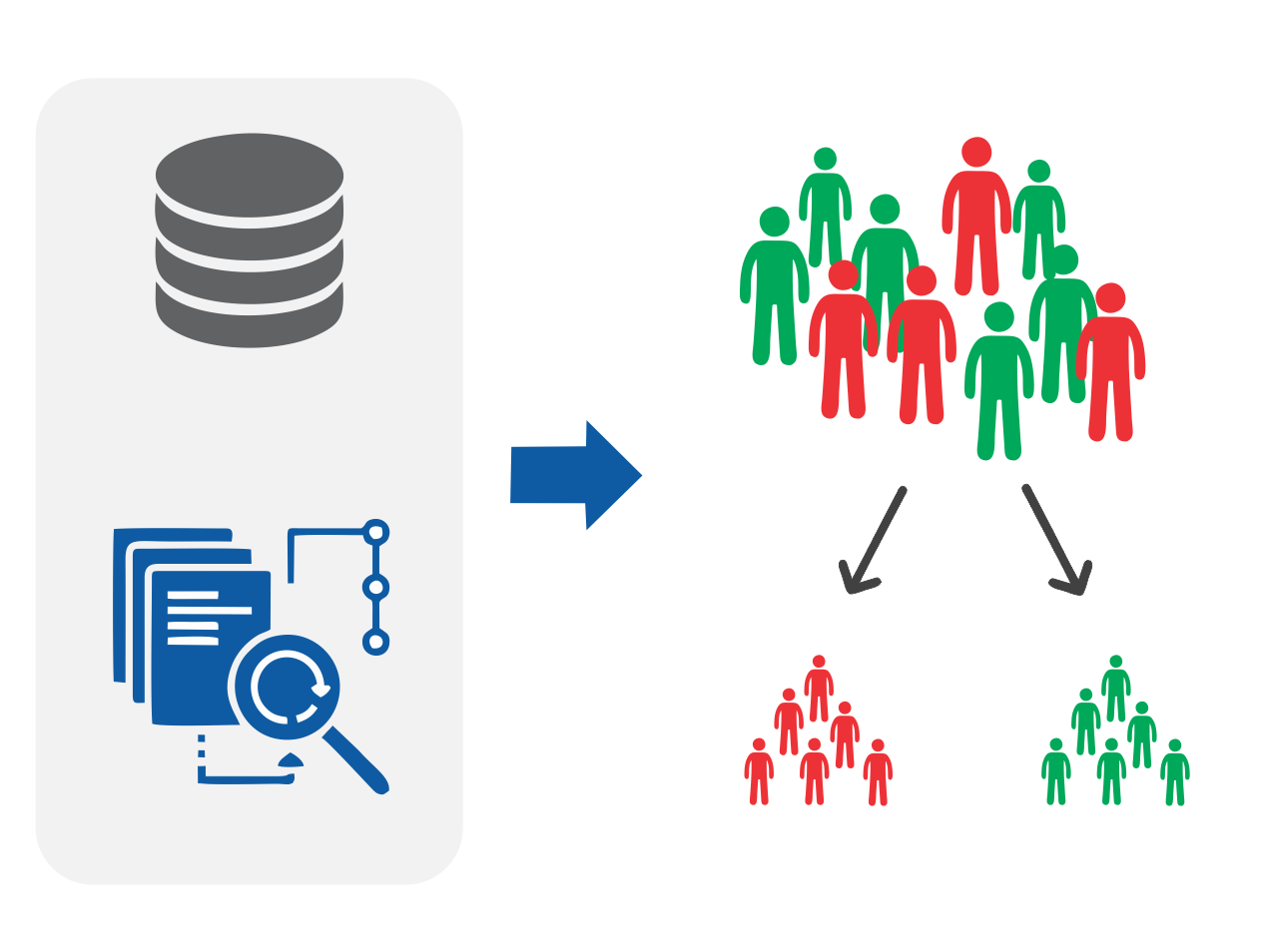A telco used random forest based churn prediction model to predict churn and improve retention
Customer churn is one of the major problems of the telecom industry. Acquiring new customers is several times more expensive than retaining an existing customer. Hence, every telecom company has an active always on churn prevention and subscriber retention program. For this telco client, we used random forest based churn prediction model. The study is focused on identifying the triggers of churn – and address them through an effective retention strategy.
A persistent problem for the telecom client
The demographic, transactional and behavioural data is used to visualize the entire subscriber data and identify the causes of churn
- A prediction accuracy of 84% on the hold-out sample
- Usage attributes (e.g. number of calls per month) are most important factors
- 78% churn captured in first three deciles reducing cost of retention campaigns
The telco was able to predict when a subscriber is most likely to churn and contact them with the right offer and improve life-time and average revenue (ARPU).
Churn is acquisition wasted and revenue lost
Customer retention is the key to growth. Given the high differential of the cost associated with acquiring a new customer compared to retaining an existing customer, the telco client is focused on churn prediction and building an effective retention strategy. And the first step to achieving that is through an effective churn prediction model to identify the subscribers early enough. Retention also improves the life time value and improves ARPU.
The challenge was to combine the vast amount of data on subscriber transactions and merge it with the demographic and behavioural data. Once the master data is created, the challenge is to ensure that the data quality is good enough to build a prediction model. Lastly, the right definition of churn has to be established – and the difference between a win-back and lost customer needs to be established.
A bird in hand is worth two in the bush
Random forest based churn prediction model enables the client test machine learning approach to predicting churn and identify the pros and cons over a statistical modeling approach.
One of the major benefits is a higher accuracy level achieved with random forest based prediction. A useful churn prediction model enables the telco to:
a. Identify subscribers who are most likely to churn and retain them through effective campaigns
b. Cover larger percentage of ‘at risk’ subscriber with lesser number of calls – allowing them to improve campaign effectiveness and lesser number of calls
The telco has identified key factors driving churn – and using the right promotions to cross-sell, upsell in specific geographies and for specific demographics.




